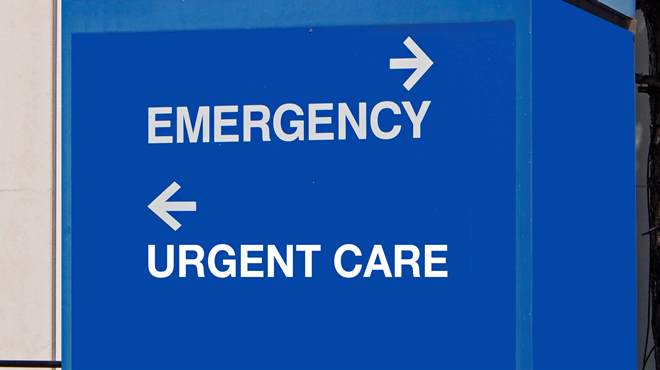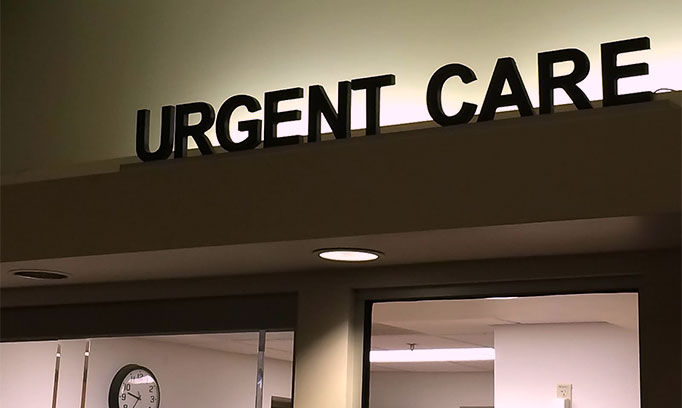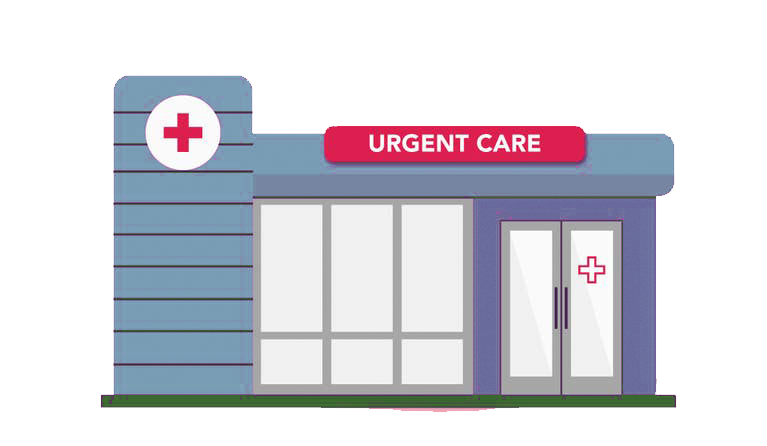Typical Conditions Treated at Urgent Care Clinics You Need To Know
Typical Conditions Treated at Urgent Care Clinics You Need To Know
Blog Article
Comprehending the Value of Urgent Care Solutions for Non-Life-Threatening Medical Issues
The significance of urgent care solutions for non-life-threatening clinical problems can not be overemphasized, especially in today's medical care landscape. By comprehending the benefits of urgent treatment, such as decreased wait times and expense efficiency, one can much better appreciate their duty in person health monitoring.
What Is Urgent Care?
Urgent treatment describes a classification of clinical services designed to deal with non-life-threatening problems that call for immediate focus however do not warrant a check out to the emergency clinic. These facilities provide a bridge in between health care and emergency services, offering available health care options for people experiencing intense medical issues, such as minor fractures, strains, infections, or extreme ailments that develop suddenly.

The extent of services offered by urgent care facilities can differ however typically includes therapy for usual ailments like colds, influenza, and allergic reactions, as well as minor injuries (urgent care). Additionally, several immediate care facilities offer preventative services, such as vaccinations and physical exams, to address broader health demands. By offering a practical choice for urgent clinical issues, these facilities play an essential function in the healthcare continuum, making sure that people get proper treatment when they need it most
Benefits of Urgent Treatment Solutions
Lots of individuals find that using immediate treatment solutions provides substantial advantages over typical emergency clinic visits or waiting for a medical care visit. One main benefit is the lowered wait times. Urgent treatment centers normally have much shorter wait durations, permitting people to receive prompt medical attention when they need it most. This expedited care is specifically practical for non-life-threatening conditions that need punctual treatment.
An additional benefit is the extensive hours of procedure. Numerous immediate treatment facilities are open evenings and weekends, fitting individuals who may not have the ability to see their primary treatment medical professional throughout routine workplace hours. This versatility makes it much easier for patients to gain access to care at their comfort.
Furthermore, urgent treatment solutions often supply a cost-effective choice to emergency clinic. Individuals regularly encounter lower co-pays and general expenses when looking for treatment for minor ailments at immediate treatment centers instead of healthcare facility emergency situation departments.
Lastly, immediate treatment facilities are furnished to deal with a selection of non-life-threatening concerns, giving a broad series of solutions under one roof. This extensive method not just enhances the therapy process but also enhances patient fulfillment by delivering timely and reliable treatment.
Common Conditions Treated
What kinds of non-life-threatening problems can patients anticipate to receive therapy for at immediate treatment? Urgent care centers are outfitted to take care of a vast variety of usual medical problems that call for prompt attention however do not position an immediate risk to life. These centers generally treat problems such as small cracks, strains, and strains, providing necessary take care of injuries that happen during everyday activities or sporting activities.
Additionally, individuals regularly seek treatment for respiratory infections, consisting of colds, influenza, and respiratory disease, where timely treatment can reduce symptoms and protect against issues. Skin disease such as rashes, insect attacks, and minor burns are also generally addressed, as timely treatment can minimize pain and reduce the risk of infection.

Contrasting Urgent Care and Emergency Situation Spaces

One considerable difference waits times; immediate care facilities usually have much shorter wait times contrasted to emergency situation spaces, which can important link be crowded with even more vital cases. This performance allows people to receive prompt treatment for their ailments.
From an economic perspective, urgent care gos to tend to be cheaper than emergency clinic gos to. Insurance coverage copays and out-of-pocket expenses are commonly lower at urgent treatment facilities, making them a more cost-effective option for non-emergency circumstances.
How to Select an Urgent Treatment Center
Picking the best immediate care facility can dramatically boost the quality of treatment received throughout a non-life-threatening clinical problem. When selecting an immediate treatment facility, numerous key aspects should be considered.
First, analyze the facility's certification and licensing. Look for centers that are accredited by identified organizations, as this indicates adherence to top quality criteria. Next, examine the series of solutions offered. Some urgent treatment centers specialize in certain locations, while others supply detailed look after different medical issues.
Additionally, take into consideration the place and hours of operation. An easily located facility with prolonged hours can be vital for timely treatment. It's additionally recommended to inspect the facility's delay times and individual testimonials, which can give understandings right into the overall person experience.
Final Thought
In final thought, urgent treatment solutions play an essential role in addressing non-life-threatening clinical concerns successfully. Eventually, comprehending the value of urgent treatment facilities adds to enhanced medical care management and client contentment.
 By supplying a convenient choice for immediate medical concerns, these facilities play a vital function in the medical care continuum, guaranteeing that people get appropriate treatment when they need it most.
By supplying a convenient choice for immediate medical concerns, these facilities play a vital function in the medical care continuum, guaranteeing that people get appropriate treatment when they need it most.Several individuals find that utilizing urgent treatment services provides substantial benefits over conventional emergency space sees or waiting for a main care appointment. Lots of urgent treatment centers are open evenings and weekends, accommodating people check out this site who might not be able to see their main treatment physician throughout normal workplace hours. Immediate care centers are designed to attend to non-life-threatening conditions, sites such as small fractures, infections, and health problems, providing a hassle-free alternative to emergency areas for those in need of instant care. Some urgent treatment centers specialize in details locations, while others provide thorough treatment for numerous clinical problems.
Report this page